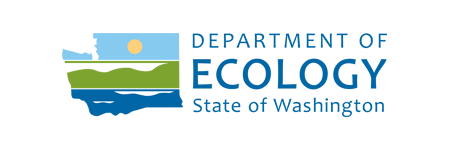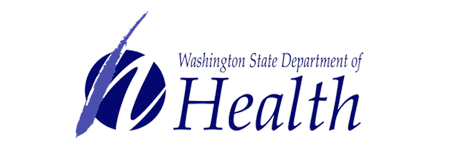Issue Brief
How Can Cities and Counties Plan Using Transportation System Management?
Transportation Systems Management and Operations (TSMO) considers the full range of options for maximizing the performance of existing transportation infrastructure without expanding the infrastructure itself (e.g. adding general purpose lanes, constructing a new interchange, etc.). TSMO strategies can include physical changes to the roadway, changes to how the roadway is used, and efforts aimed at reducing demand for use of the roadway (also known as Transportation Demand Management, or TDM).
View the brief.
Best Practice Actions
- A number of innovative strategies can be used to manage traffic congestion, including Travel Demand Management (TDM). The Washington State Transportation Center (TRAC), in conjunction with the Washington State Department of Transportation (WSDOT), developed a useful website that identifies “Problems,” “Strategies,” “Intelligent Transportation Systems,” and “Contacts for Learning More” to help WSDOT executives, non-engineers, planners, and engineers to walk through each of these components:
- Why: Problems provide a transportation issue and determine which TSMO strategies might be applicable.
- Where, When, Why: Strategies briefly overview the application of solutions, organized by TSMO categories, to address transportation issues.
- What: ITS Components lists the strategies that rely on intelligent transportation systems in order to function. It includes links to individual Strategies that provide more detail.
How: Learn More sections provide quick links to scoping and design resources and training classes that cover the strategies’ use in detail.
Benefits of Implement Transportation System Management
Limiting access to arterials can significantly improve the flow of traffic. Lanes can be reserved permanently or only during peak hours for transit or high-occupant vehicles (HOV) to improve transit reliability and maximize the ability to move people when lane capacity is limited. Limiting on-street parking can free space on a roadway for through traffic without widening the street.
One-way street networks can improve traffic flow by reducing turning movements and congestion. Turning vehicles that share through-lanes will delay through-vehicles. Prohibiting these movements (all day or at peak periods) improves through-traffic flow at the expense of increased travel distances.
Railroad grade separations delete a traffic stop because the railroad line is no longer crossing the street at-grade.
Tools & Resources
Connection to State Policy

Responsive traffic signal systems reduce delays and travel times
The City of Gresham upgraded traffic signals along East Burnside Road to adaptive signal timing, which adjusts to real-time traffic flow. As a result, average travel time along the corridor decreased by 16 percent, benefiting automobiles, trucks and buses. (See page 6)





